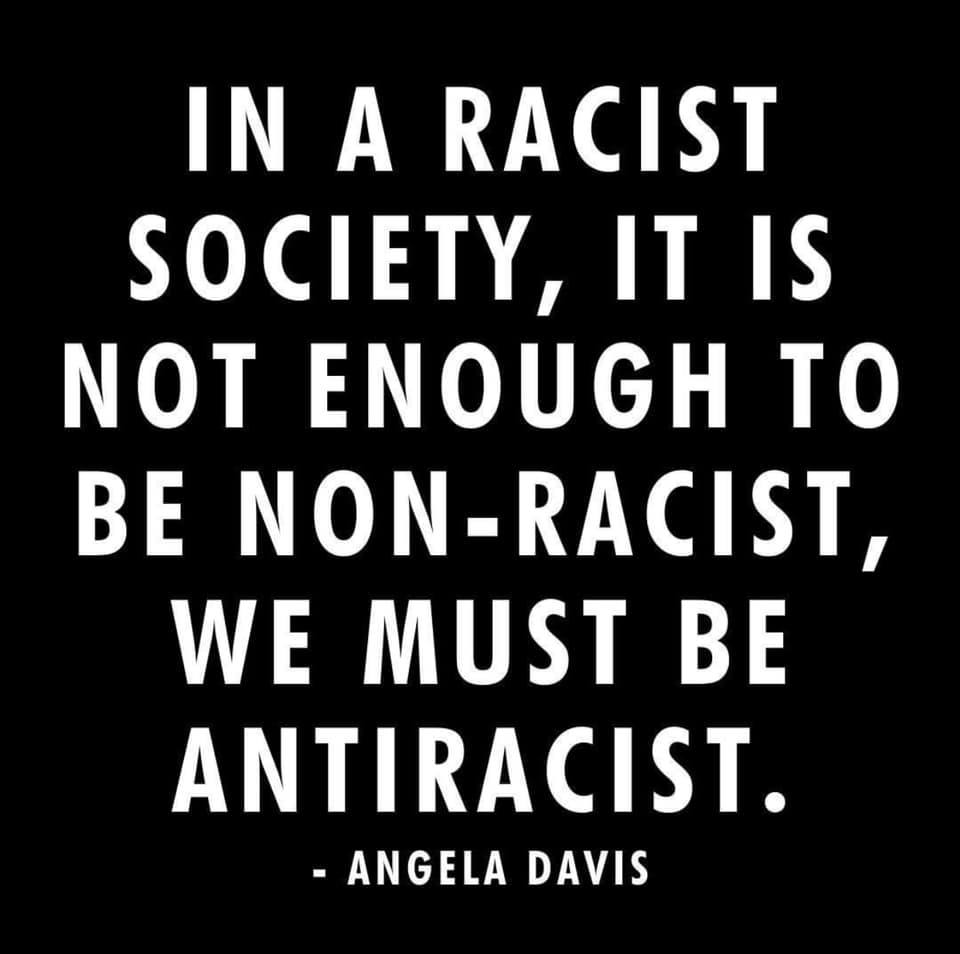
JUMP TO A SECTION:
- Petitions, calls, letter writing
- Defund the police
- Take the Intersectional Environmentalist pledge
- Self-assessment & understanding systemic racism
- Online reading
- Books to read
- Podcasts
- Watch: Online
- Watch: Movies
- Music
- Who to follow/give to
Content Warning: Police violence, racism
Protests are erupting. Statues are coming down. But the time to become actively anti-racist was yesterday.
Just two days after the senseless murder of George Floyd in the US, Regis Korchinski-Paquet – an Afro-Indigenous Canadian woman, fell to her death off her 24th floor balcony in Toronto, shortly after the police were called to “observe” her. One week later, this time in New Brunswick, Chantal Moore, a 26-year-old Indigenous mother from the Tla-o-qui-aht First Nation, was killed by police during a “wellness check”.
There is no official record in Canada of the number of people killed during encounters with police. Nor do police across the country track national data based on race or ethnicity – the information that would help identify and eliminate racism in law enforcement is conveniently missing. But an independent study has shown that Black, Indigenous and other racialized people, are at much greater risk of dying from police brutality in this country.
As protests erupt around the world in response to George Floyd’s murder, Canada must confront the reality of its own history, steeped in racial violence and inequality. Ongoing systemic bias and racism is baked into a country founded on the violent dispossession of Indigenous peoples from their land to secure unfettered access for white settlers, and 200 hundred years of the violent enslaving of Black people.
“To be Black in Canada is to live in slavery’s ‘afterlife’ and to have one’s existence demarcated by ‘skewed life chances, limited access to health and education, premature death, incarceration, and impoverishment.”
– Robyn Maynard, Policing Black Lives: State Violence from Slavery to the Present
The environmental community will not stay silent in the face of systemic injustice. We must act and speak in solidarity with the Black communities and the movement for BIPOC lives. Fighting for a green and peaceful future includes speaking out against the unjust, racist, and systemic violence Black and Indigenous people face every day in Canada, especially when it’s at the hands of the police. Being silent is not an option.
At Greenpeace, we know that we cannot have a green and peaceful planet without justice — climate justice, economic justice, and racial justice.
We support the Movement for Black Lives policy platform, which includes a future without jails, detention centers, youth facilities and prisons. We also support the call for accountability by families of the slain, who are demanding that as long as we are forced to have prisons, police officers who murder should be in them.
We speak out because enough is enough — no more Indigenous and Black lives lost.
The following resources have been compiled from activists, thinkers, leaders, and organizations outside of Greenpeace. We have pulled them together here to amplify their voices. Here’s how you can get started in supporting BIPOC communities:
WAYS TO TAKE ACTION IN CANADA:
Take action by signing petitions, calling political representatives and writing letters. Is there a call to action missing from the list? Put in the comments and we’ll add it in!
Petitions/Calls:
- Ban the SPVM and Canadian police from using rubber bullets
- Calling the Ontario Ombudsman to Open a Public Investigation into Racism in Ottawa Schools
- Justice For Regis Korchinski-Paquet: Get Mayor John Tory, MPP Bhutila Karpoche, and Toronto Police Chief Mark Saunders to commit to a transparent investigation and to hold the officers involved accountable in the death of Regis Korchinski-Paquet through firing and filing charges
- Oppose STM officers special constable powers
- Toronto Police to wear and turn on Body cameras when responding
- Make Police Body Cams Mandatory
- SIGN THE PETITION: #DefundPolice
- Withdraw the Critical Infrastructure Defence Act!
- Anti-Racism curriculum to be taught in schools
- Let’s rename Dundas Street in Toronto
- Invest in Community; Divest from Policing – Edmonton
- Defund Toronto Police Services – Invest in Communities Instead
Defund the Police
Join Black and Indigenous groups in Canada in their calls to defund police violence and invest in healthy, peaceful communities instead.
READ: Defunding The Police Will Save Black And Indigenous Lives In Canada
Write to your Mayor, City Councillor, Provincial and Federal representatives and ask them to defund the police:
- Calgary Defund Police Budget
- Edmonton Defund Police Budget
- Halifax: drop charges on Santina Rao & Defund Police Budget
- Hamilton Defund Police Budget
- Montreal Defund Police Budget (EN/FR)
- Ottawa Defund Police Budget
- RE: Racisme systémique au Québec – Letter to welcome the City of Montreal’s initiative in mandating an inquiry into systemic racism and bias in the SPVM police force (EN/FR)
- Saskatoon Defund Police Budget
- Toronto Police Budget
- Vancouver Police Department Budget
- Winnipeg Defund Police Budget
Don’t see your town or city listed? Here is a general document with information about how to email your mayor.
Looking for more ways to take action? Here’s a list of creative techniques – a different theme for each day of the week (use the arrow on the right to scroll through days).
TAKE THE INTERSECTIONAL ENVIRONMENTALISM PLEDGE
As environmentalist Leah Thomas has beautifully articulated in a recent piece for Vogue, social justice is not an optional “add-on” to environmentalism – the two are deeply intertwined. There cannot be environmental justice without social, economic and racial justice. And it’s time for the environmental movement to acknowledge this and do the work to ensure social justice issues are baked into our advocacy.
Enter the term: Intersectional Environmentalism, an inclusive version of environmentalism that advocates for both the protection of people and the planet. It identifies the way injustices happening to marginalized communities and the earth are interconnected. It brings injustices done to the most vulnerable communities, and the earth, to the forefront, and does not minimize or silence inequality.
Thomas is calling on the environmental community to stand in solidarity with BIPOC communities impacted daily by both social and environmental injustice through a pledge:
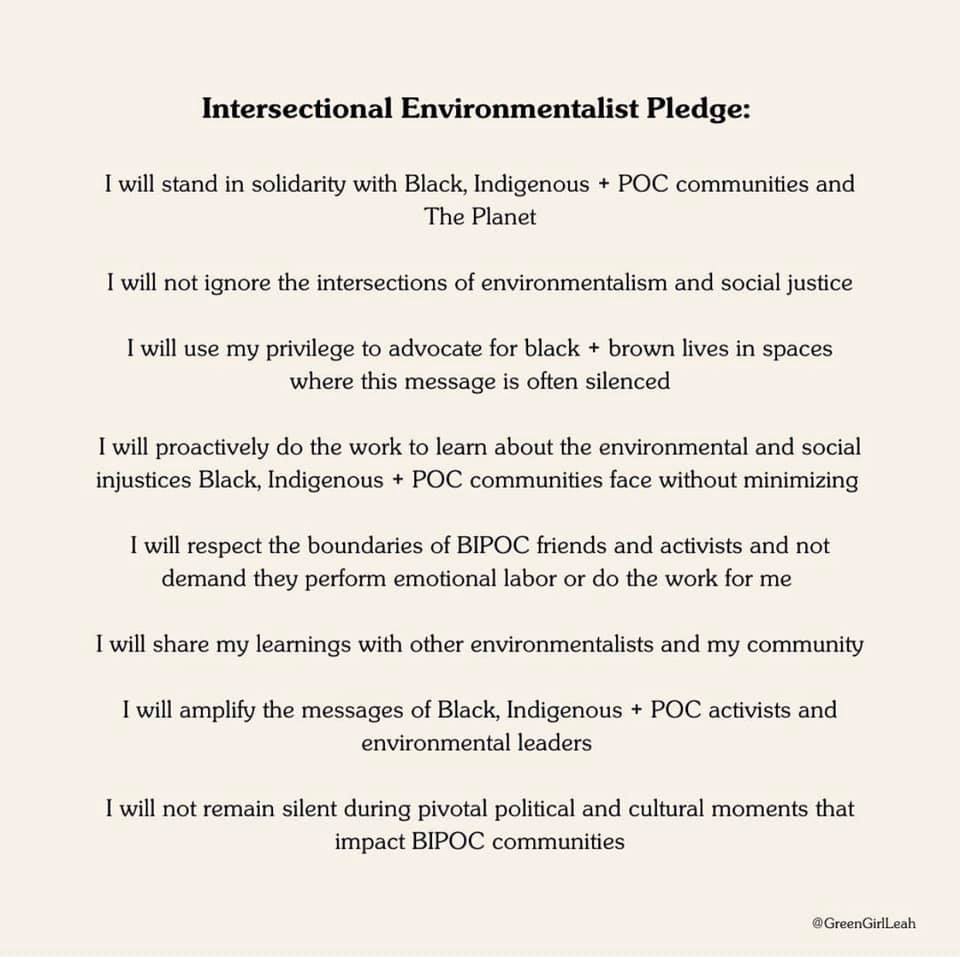
The amount of mental and emotional resources that BIPOC environmentalists must spend fighting racism or defending their very reason for being steals time and energy away from their climate work. It’s time for the environmental community to distribute the weight of anti-racism work. We are stronger and more resilient when we take all of this on together.
SELF-ASSESSMENT & UNDERSTANDING SYSTEMIC RACISM
In the wake of the recent deadly police brutality in the US, a number of prominent Canadian officials have actively denied the existence of systemic racism here in Canada. Ontario premier Doug Ford stated: “Thank God we’re different than the United States and we don’t have the systemic, deep roots they’ve had for years,” a view that was echoed by Quebec premier François Legault. The RCMP commissioner, Brenda Lucki, told the media last week that there is no systemic racism in the force. Only days later, Rodney Levi of the Metepenagiag Mi’kmaq Nation was killed by RCMP officers.
Fortunately, these views are being swiftly and openly challenged. Acknowledging and understanding the reality of systemic racism is key to understanding how we all participate in the system of oppression and violence that BIPOC communities live with. Denial of racism is complicity, and essential to propping up a supremacist system. If we want to dismantle systemic racism, first we need to understand it:
- Explainer: what is systemic racism and institutional racism
- Systemic racism in Canada is real, folks
- Yes, Canada, anti-black racism lives here
- The Skin We’re In: Desmond Cole on Systemic Racism in Canada
- Canadian education is steeped in anti-black racism
- Yes, Canada Has a Racism Crisis and It’s Killing Black and Indigenous Peoples
- ‘What white privilege?’ ‘Why can’t you be more civil?’ Some FAQs about racism and answers you may find challenging
- Don’t like what I write? Work on dismantling the racist structures that benefit you, and make my job redundant
- An interview with Desmond Cole – ‘I Don’t Care if You’re Racist. I Care if You’re Hurting Me’
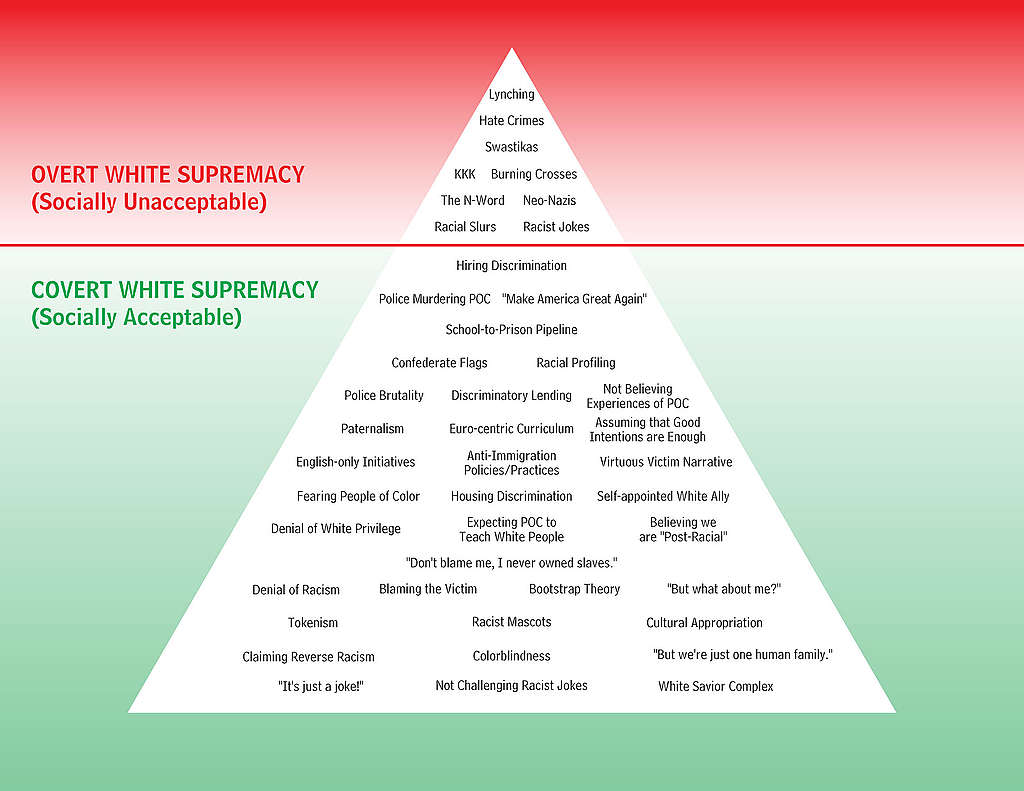
White Supremacy Diagram, Based on original graphic by Ellen Tuzzolo, source.
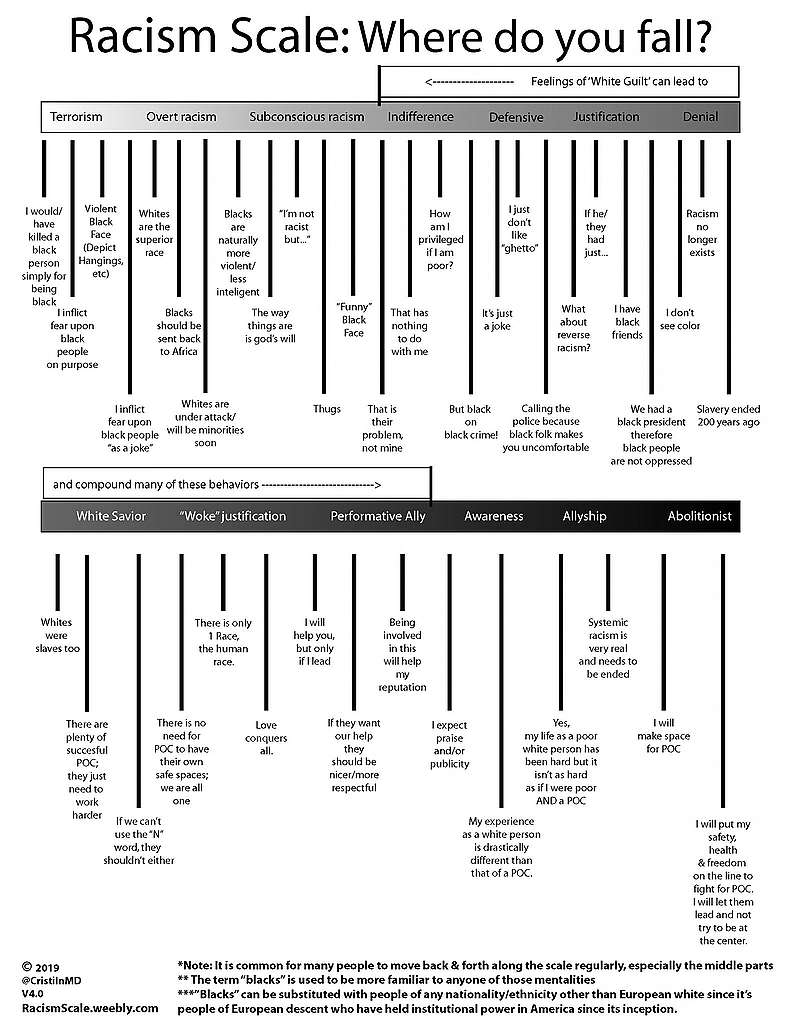
Racism Scale, source.
DEEPEN YOUR UNDERSTANDING:
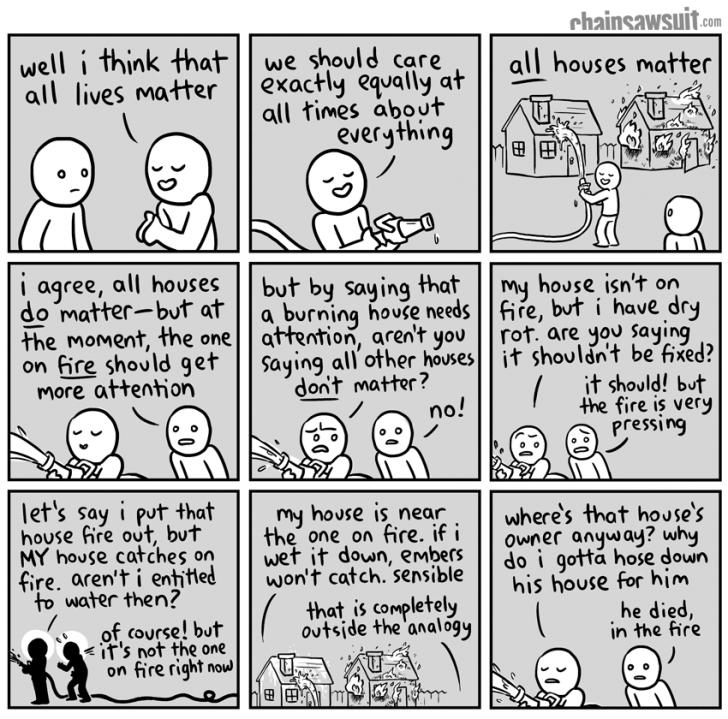
Online Reading:
- Why you should stop saying “all lives matter”, explained in 9 different ways
- White supremacy is destroying the environment, but that’s not why we fight it
- Racism Is Killing the Planet
- Why every environmentalist should be anti-racist
- Defunding The Police Will Save Black And Indigenous Lives In Canada
- ‘Policing Black Lives’ author on confronting Canada’s historical amnesia, Black expendability, and the path forward
- Talking About Race
- We cannot talk about food without talking about racism
- I wonder who will march with Indigenous peoples
- The climate crisis is racist. The answer is anti-racism
- Report of the National Inquiry on MMIWG: One year later, where’s the action?
- Black Environmentalists Talk About Climate and Anti-Racism
- ‘This is about vulnerability’: Ingrid Waldron on the links between environmental racism and police brutality
- I’m a black climate expert. Racism derails our efforts to save the planet.
- Beyond the hashtag: how to take anti-racist action in your own life
- Black lives don’t need white allies
Books:
- 31 children’s books to support conversations about race, racism and resistance
- Until We Are Free: Reflections on Black Lives Matter in Canada
- The Skin We’re In: A Year of Black Resistance in Canada
- Women, Race and Class
- Are prisons obsolete?
- Eloquent Rage: A Black Feminist Discovers her Superpower
- Sister Outsider
- White Fragility: Why it’s so Hard to Talk to White People About Racism
- Why I’m No Longer Talking to White People About Race
- So You Wanna Talk About Race
- Policing Black Lives: State Violence in Canada from Slavery to the Present
- Me and White Supremacy: Combat Racism, Change the World and Become a Good Ancestor
- Black Berry, Sweet Juice: On Being Black and White in Canada
- A Mind Spread Out on the Ground
- Indigenous Writes: A Guide to First Nations, Métis, and Inuit Issues in Canada
- Seven Fallen Feathers: Racism, Death, and Hard Truths in a Northern City
- The Inconvenient Indian: A Curious Account of Native People in North America
Listen: Podcasts
- Code Switch: Race in Your Face
- Colour Code: A Podcast About Race in Canada
- Black in Canada vs. U.S.
- The Systems that Protect the Police
- Ear Hustle
- Our National Conversation About Conversations About Race
- About Race Podcast
- Pod Save the People
- Seeing White
- Momentum: A Race Forward Podcast
- Desmond Cole and the case for defunding police
- Regis Korchinski-Paquet’s death and anti-Black violence in policing
- The death of Leonard Rodriques and the need for race-based data
- The Secret Life of Canada
- Missing & Murdered
- Indigenous communities, systemic racism and COVID-19
Watch: Online
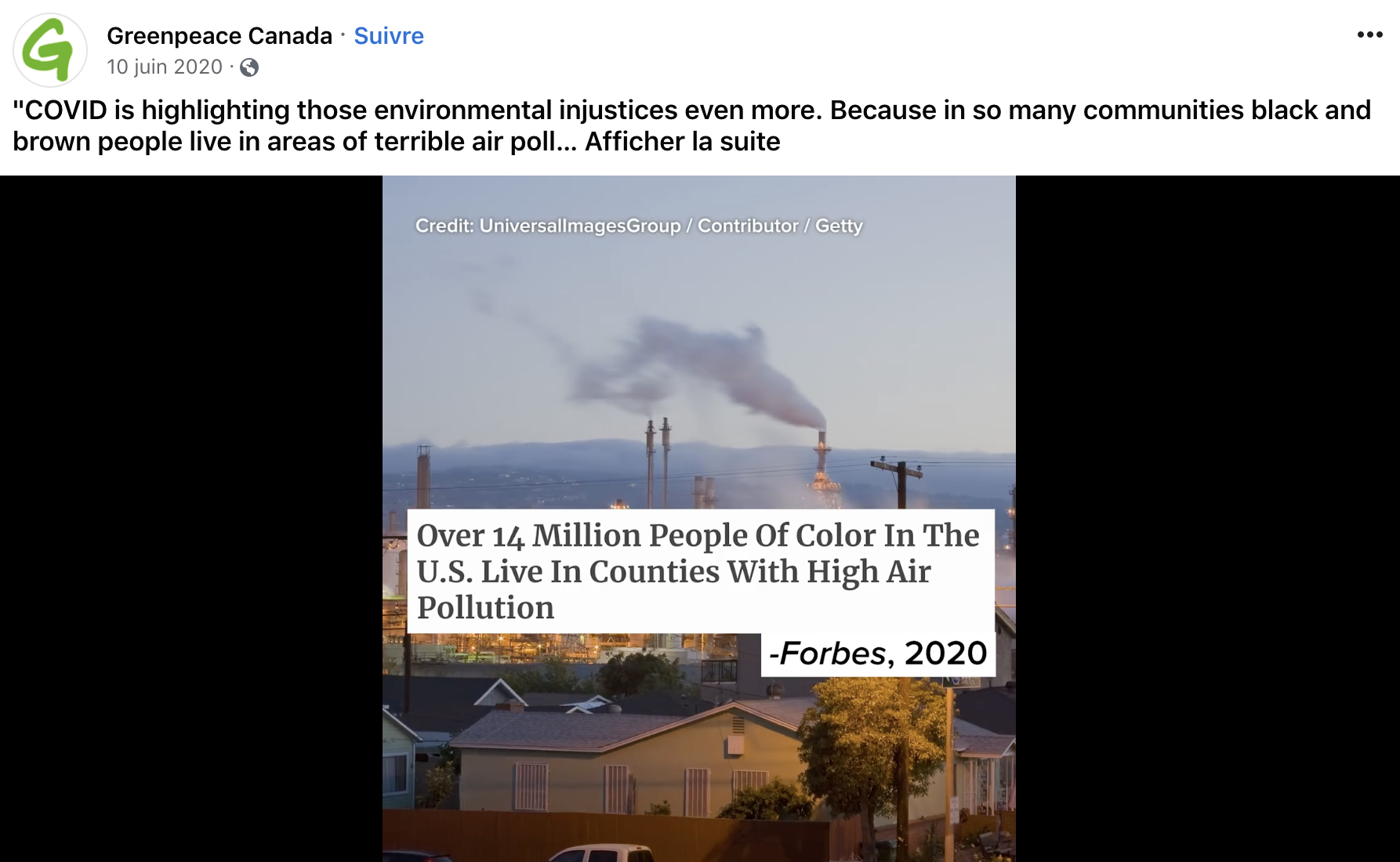
Watch: Movies
- Angry Inuk
- Remember Africville
- There’s Something in the Water
- Rhymes for Young Ghouls
- Kanehsatake: 270 Years of Resistance (EN/FR)
- Indian Horse
- Our Dance of Revolution: The History of Toronto’s Black Queer Community
- I Am Not Your Negro
- 13th (currently free online)
- Selma (free online during the month of June)
- Just Mercy
- When They See Us
- Fruitvale Station
- The Black Power Mixtape: 1967-1975
- The Hate U Give
Listen: Music
- Nina Simone
- iskwē
- A Tribe Called Red
- Tanya Tagaq
- JB The First Lady
- Shawnee
- LAL, Rosina Kazi and Nicholas Murray
- Lianne Le Havas
- Leah Shenandoah
- Leela Gilday
- Buffy Saint-Marie
ACT/GIVE: ORGANIZATIONS AND PEOPLE TO FOLLOW
50 Black Voices in the Green Space to follow – a list from @wastefreeplanet on Instagram
Black Lives Matter – Toronto – a movement of Black Torontonians resisting anti-Black racism, state-sanctioned and institutional violence, and fighting for Black Lives.
Black Space Winnipeg – a grassroots organization that fosters organic dialogue on everyday experiences of being Black. Spreading perspectives of Afrocentrism, and Pro-Black conversation, Black Space Winnipeg creates safe spaces for people of colour through hosting community events, artist demonstrations and workshops.
Black Youth Helpline – serves all youth and specifically responds to the need for a Black youth specific service, positioned and resourced to promote access to professional, culturally appropriate support for youth, families and schools.
The Center for Research-Action on Race Relations – is a Montreal-based independent, non-profit civil rights organization that was founded in 1983 with the mandate to promote racial equality and combat racism in Canada.
Black Health Alliance – is a community-led registered charity working to improve the health and well-being of Black communities in Canada.
Hoodstock – a group in Montreal-North working to create spaces for dialogue and mobilizing initiatives toward eliminating systemic inequalities and developing inclusive communities that are inclusive, safe and dynamic.
Black Legal Action Centre – is a non-profit community legal clinic that provides free legal services for low or no income Black residents of Ontario.
DESTA Black Youth Network – Based in Little Burgundy and serving participants across Greater Montreal, DESTA supports Black youth aged 18 to 35 in reaching their educational, employability, and entrepreneurial goals through a holistic and individualized approach.
The Hogan’s Alley Society – a non-profit organization composed of civil rights activists, business professionals, community organizations, artists, writers and academics committed to daylighting the presence of Black history in Vancouver and throughout British Columbia.
Taking What We Need – An informal community group dedicated to helping low income transwomen get what they need through discretionary funding. Taking What We Need is now prioritizing black and indigenous trans-feminine ppl and transwomen in Montreal. This means that black and indigenous people will be moved to the front of the list AND are allowed to apply a second time if funding was received in the past.
First Peoples Justice Center of Montréal – active in supporting Aboriginal people in their dealings with the justice system; It designs and produces legal information tools specifically for Aboriginal clients; The Centre offers alternatives to the justice systems.
Friendship Centers – these are located across the country and provide culturally appropriate services for Indigenous people living in urban centres. They have become a place for Indigenous and non-Indigenous people to come together, to share traditions and to learn from one another.
Unist’ot’en Camp – an indigenous re-occupation of Wet’suwet’en land in northern “BC, Canada”.
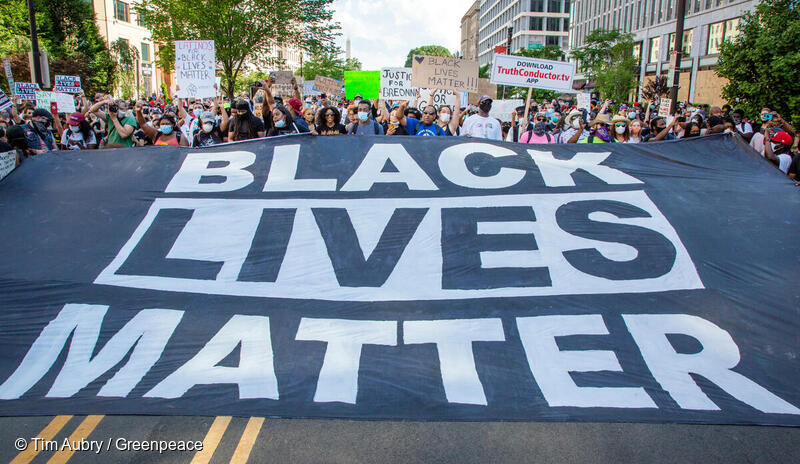
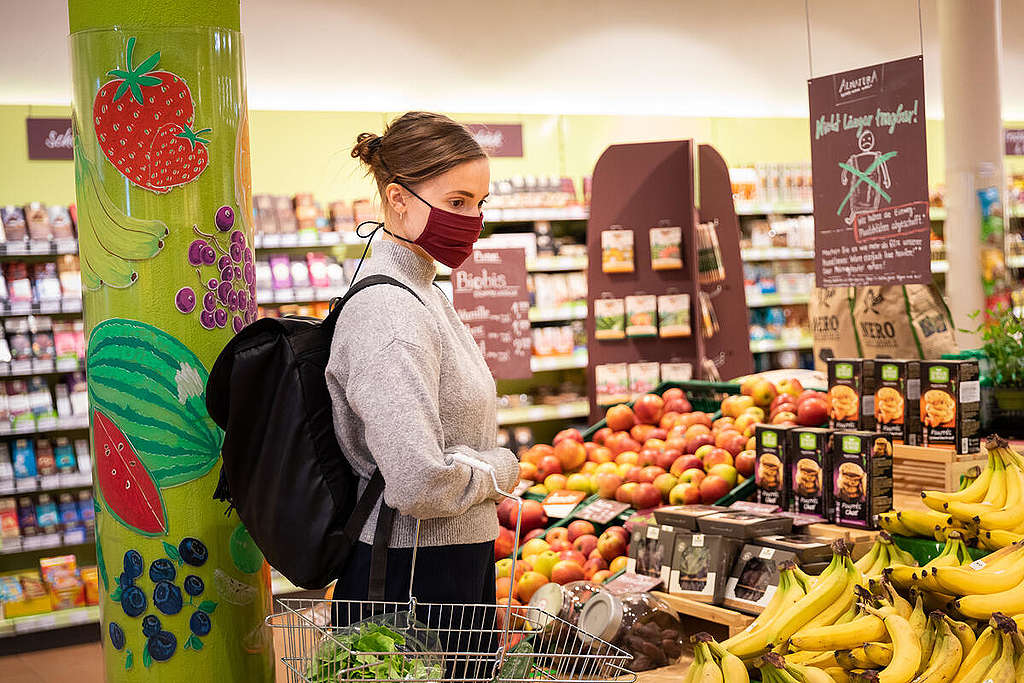
Free Guide: Eco tips to protect against COVID-19
Take action
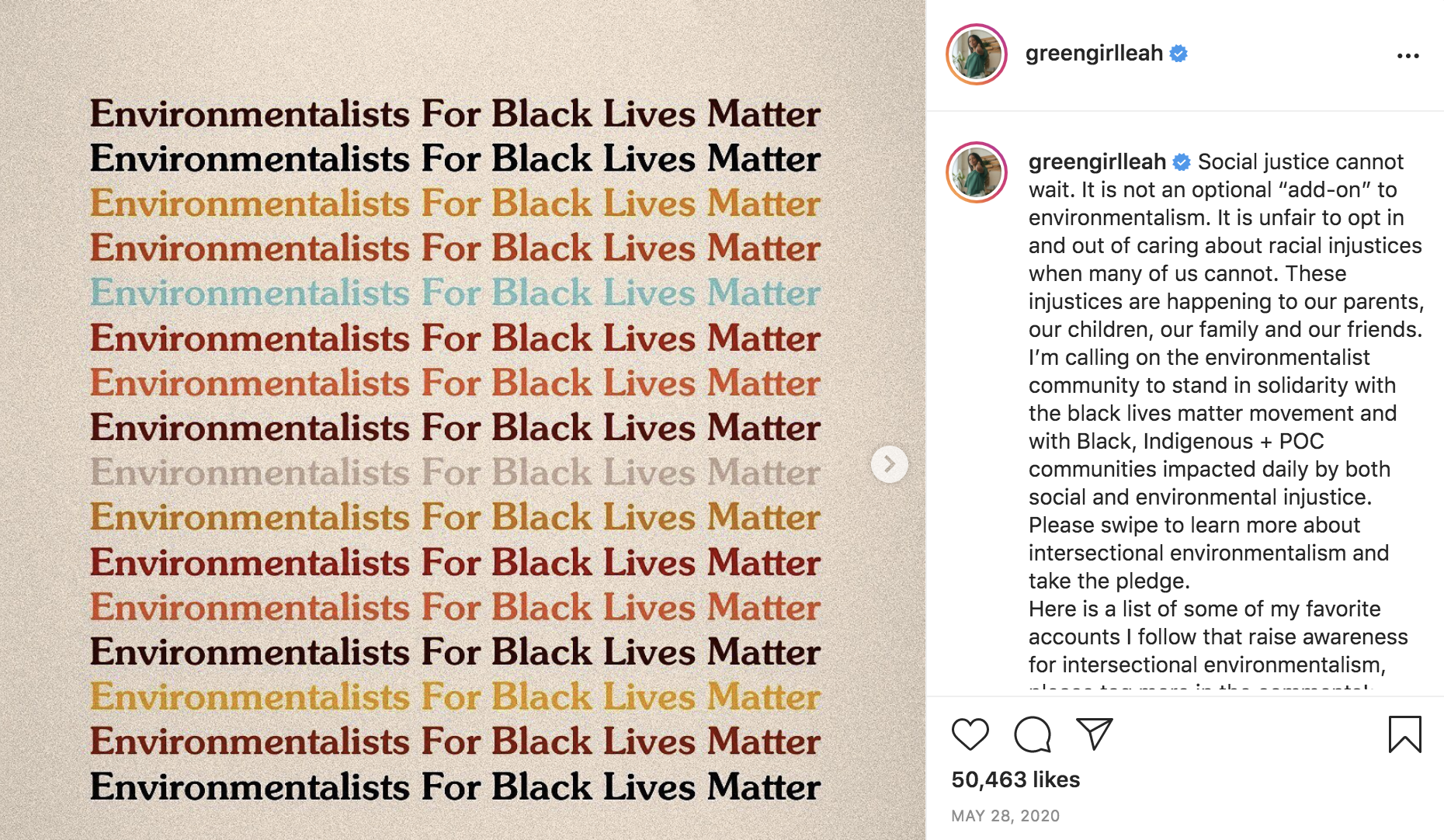
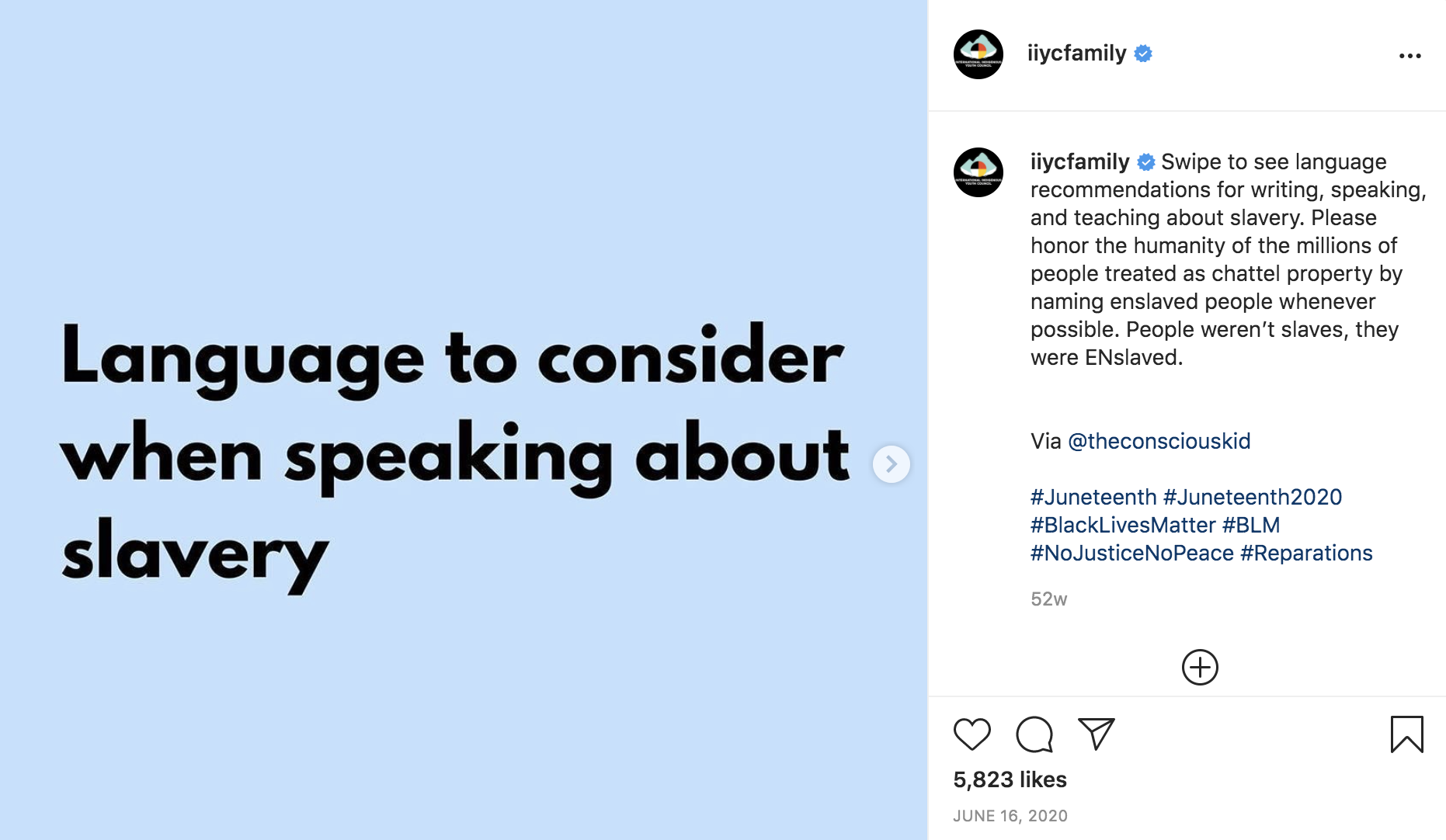
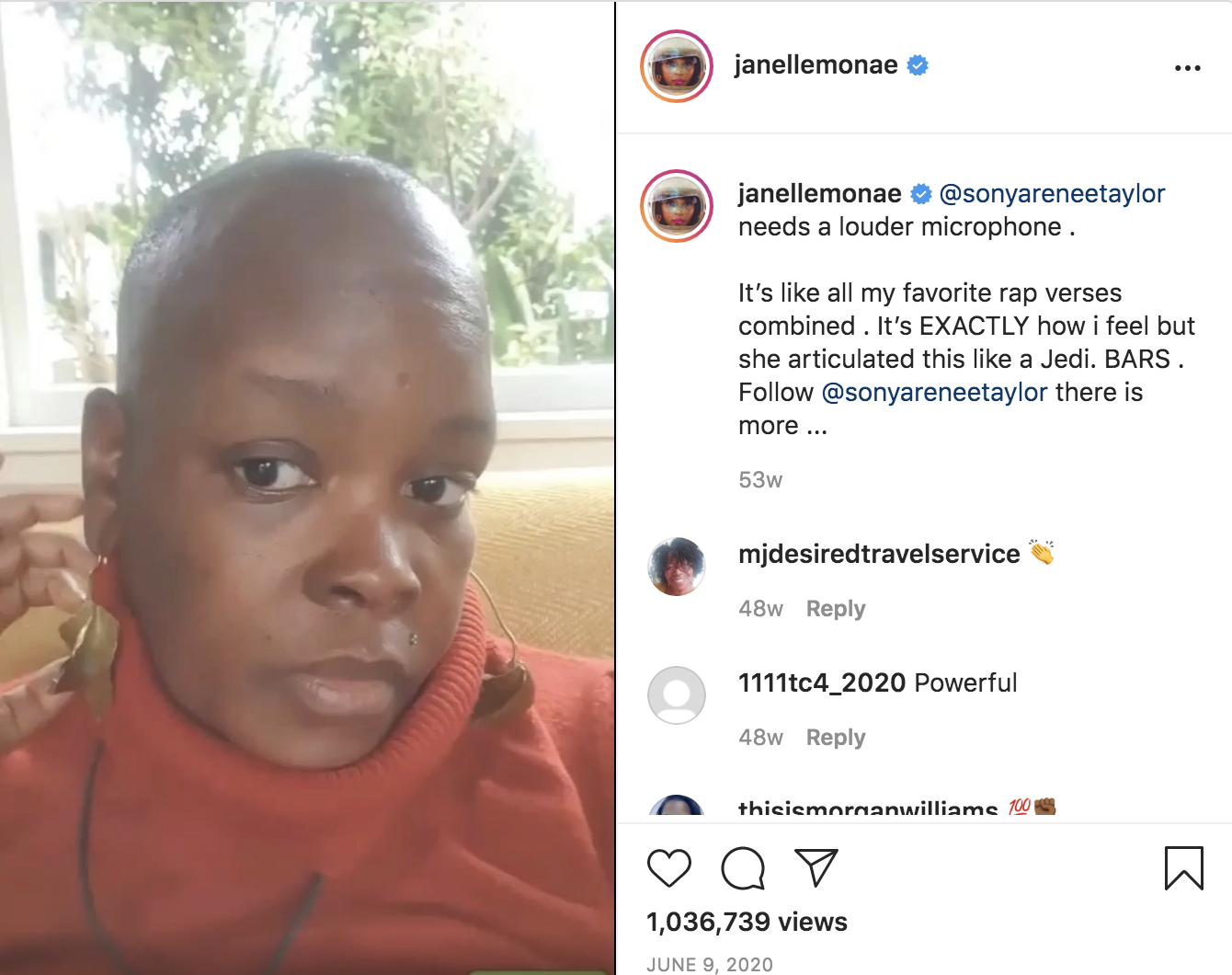
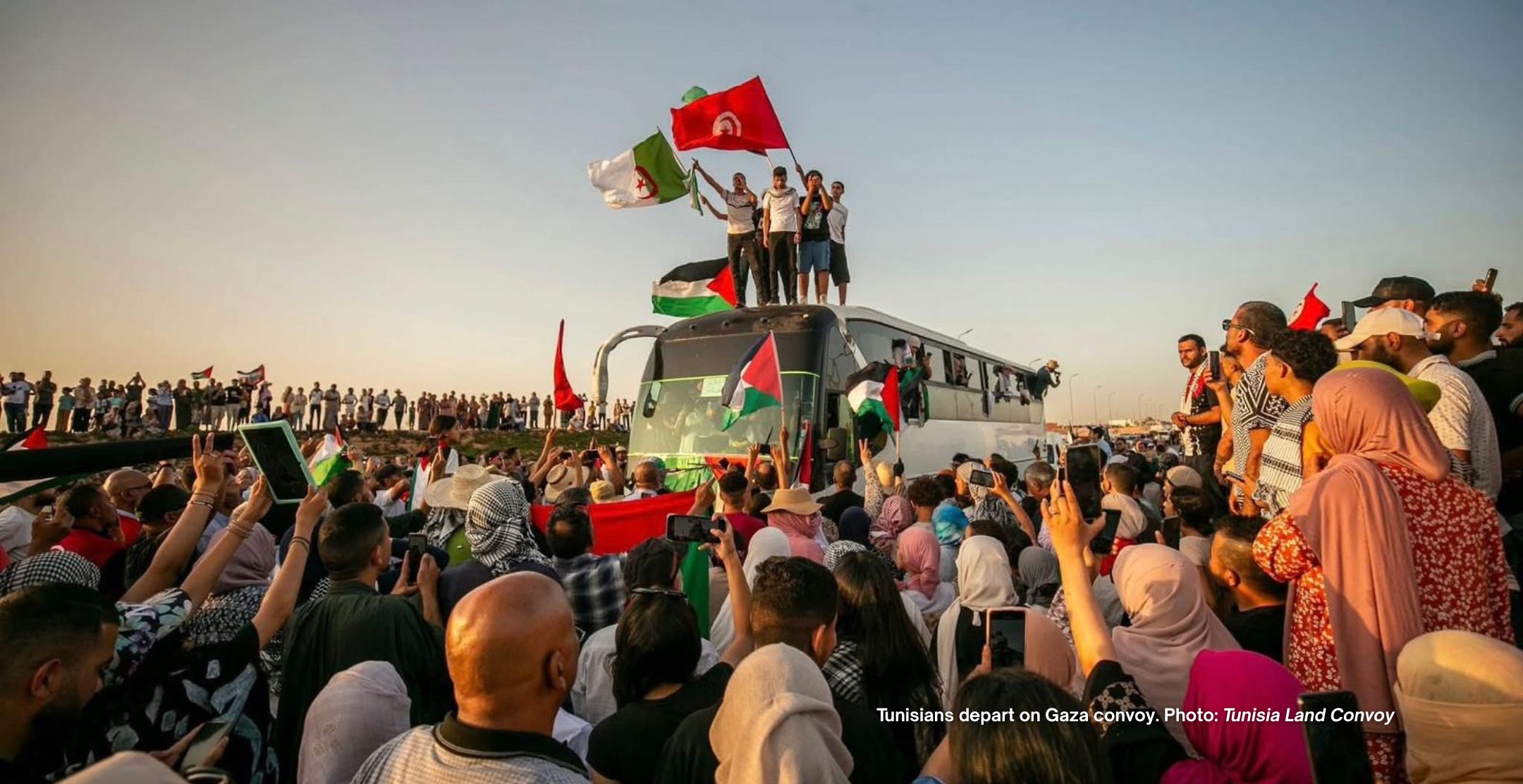
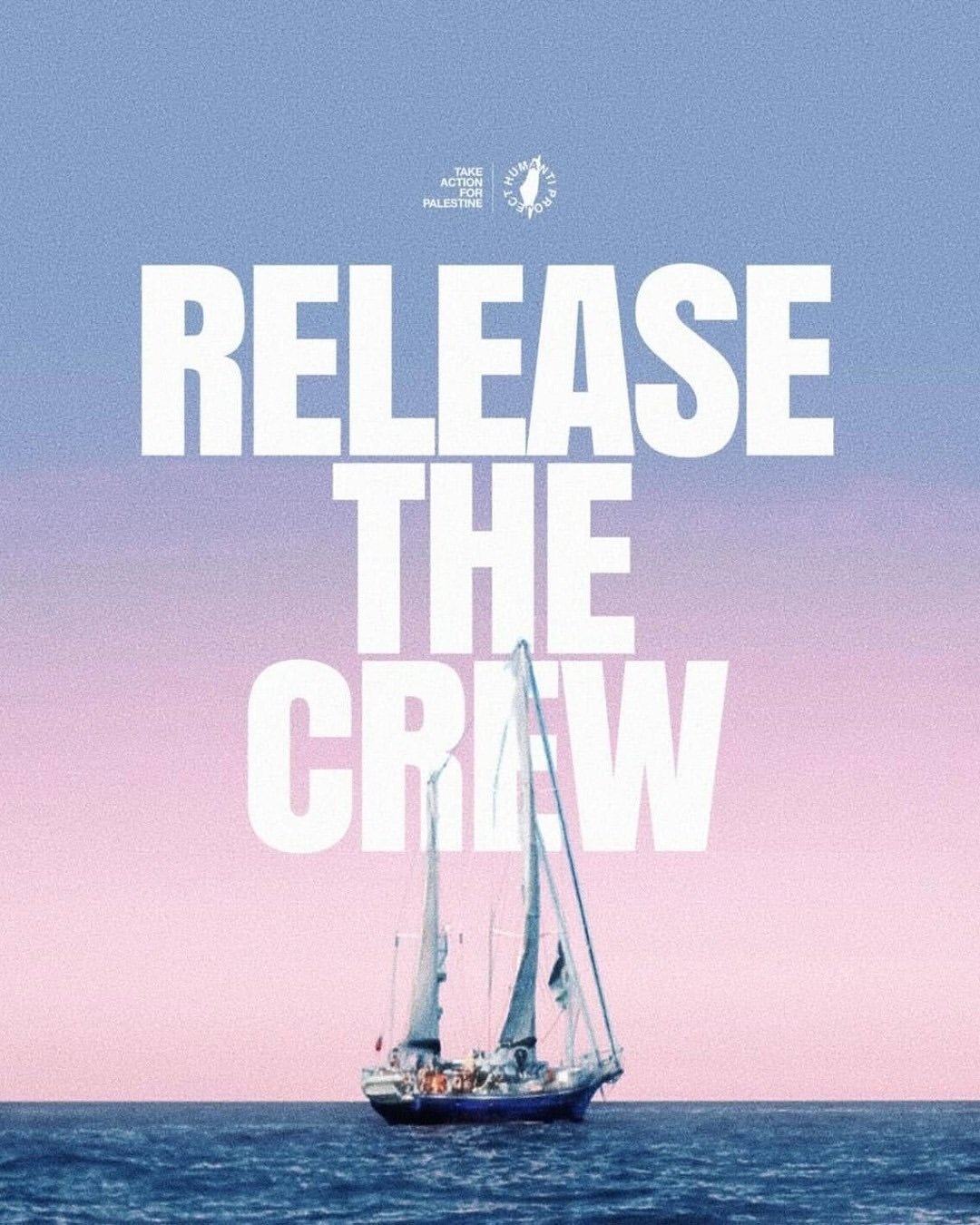
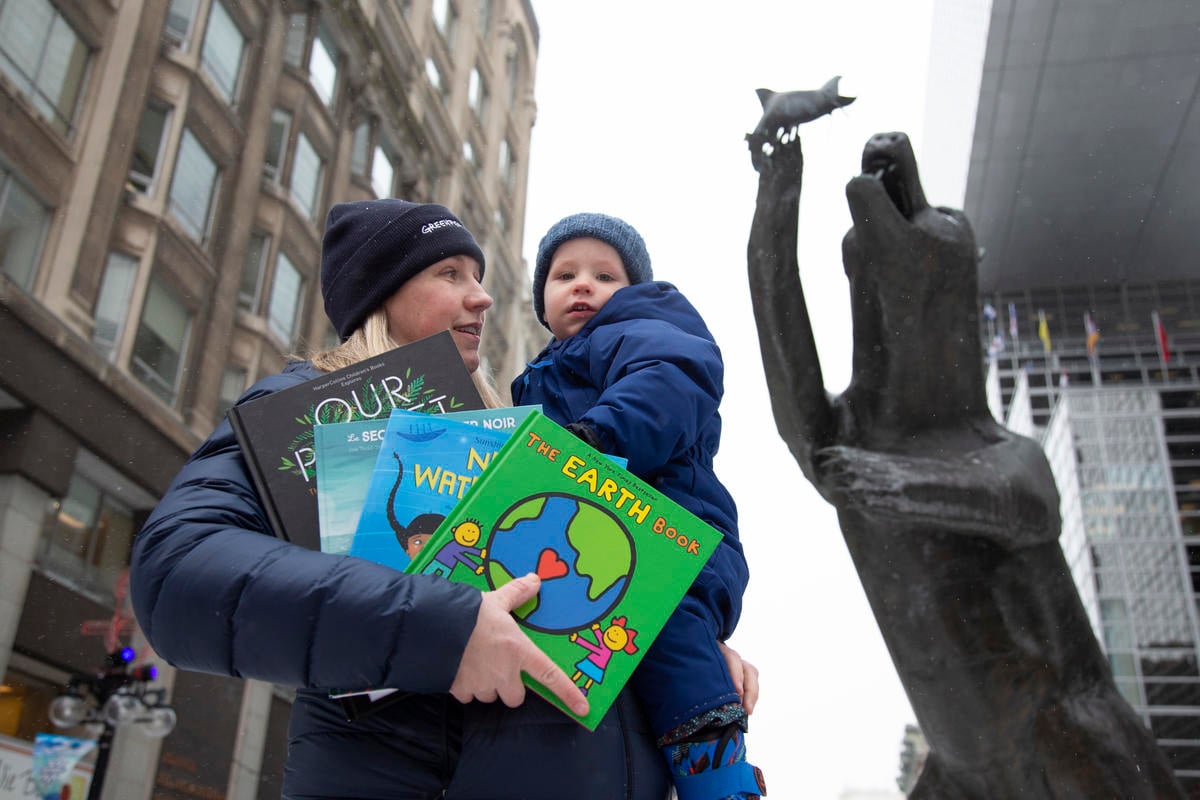
Discussion
Excellent post. I was checking constantly this weblog and I am inspired! Extremely useful info specially the ultimate part :) I take care of such info a lot. I used to be seeking this particular information for a long time. Thanks and best of luck.
Really clean website , regards for this post.